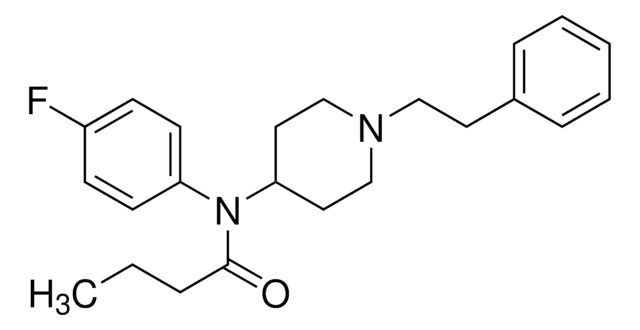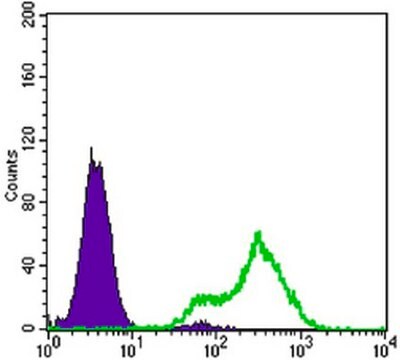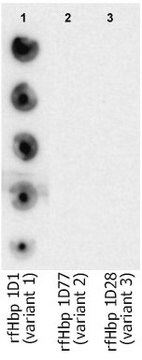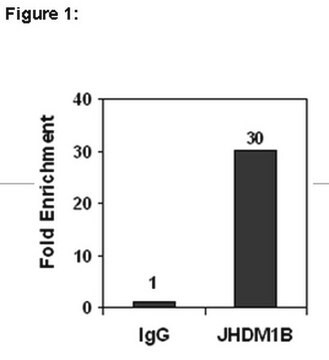MABF2070
Anti-Protein-tyrosine phosphatase eta (CD148) Antibody, clone 8A-1
clone 8A-1, from hamster(Syrian)
Synonym(s):
Receptor-type tyrosine-protein phosphatase eta, EC: 3.1.3.48, Protein-tyrosine phosphatase eta, R-PTP-eta, HPTP beta-like tyrosine phosphatase, Protein-tyrosine phosphatase receptor type J, R-PTP-J, Susceptibility to colon cancer 1, CD148
About This Item
Recommended Products
biological source
hamster (Syrian)
Quality Level
antibody form
purified antibody
antibody product type
primary antibodies
clone
8A-1, monoclonal
species reactivity
mouse
packaging
antibody small pack of 25 μg
technique(s)
flow cytometry: suitable
immunohistochemistry: suitable (paraffin)
western blot: suitable
NCBI accession no.
UniProt accession no.
shipped in
ambient
target post-translational modification
unmodified
Gene Information
mouse ... Ptprj(19271)
Related Categories
General description
Specificity
Immunogen
Application
Inflammation & Immunology
Immunohistochemistry Analysis: A representative lot detected Protein-tyrosine phosphatase eta (CD148) in Immunohistochemistry applications (Katsumoto, T.R., et. al. (2013). J Clin Invest. 123(5):2037-48).
Flow Cytometry Analysis: A representative lot detected Protein-tyrosine phosphatase eta (CD148) in Flow Cytometry applications (Stepanek, O., et. al. (2011). J Biol Chem. 286(25):22101-12; Lin, J., et. al. (2004). J Immunol. 173(4):2324-30).
Quality
Immunohistochemistry Analysis: A 1:250 dilution of this antibody immunostained Protein-tyrosine phosphatase eta (CD148) in mouse spleen tissue sections.
Target description
Physical form
Storage and Stability
Other Notes
Disclaimer
Not finding the right product?
Try our Product Selector Tool.
Storage Class Code
12 - Non Combustible Liquids
WGK
WGK 1
Flash Point(F)
does not flash
Flash Point(C)
does not flash
Certificates of Analysis (COA)
Search for Certificates of Analysis (COA) by entering the products Lot/Batch Number. Lot and Batch Numbers can be found on a product’s label following the words ‘Lot’ or ‘Batch’.
Already Own This Product?
Find documentation for the products that you have recently purchased in the Document Library.
Our team of scientists has experience in all areas of research including Life Science, Material Science, Chemical Synthesis, Chromatography, Analytical and many others.
Contact Technical Service








